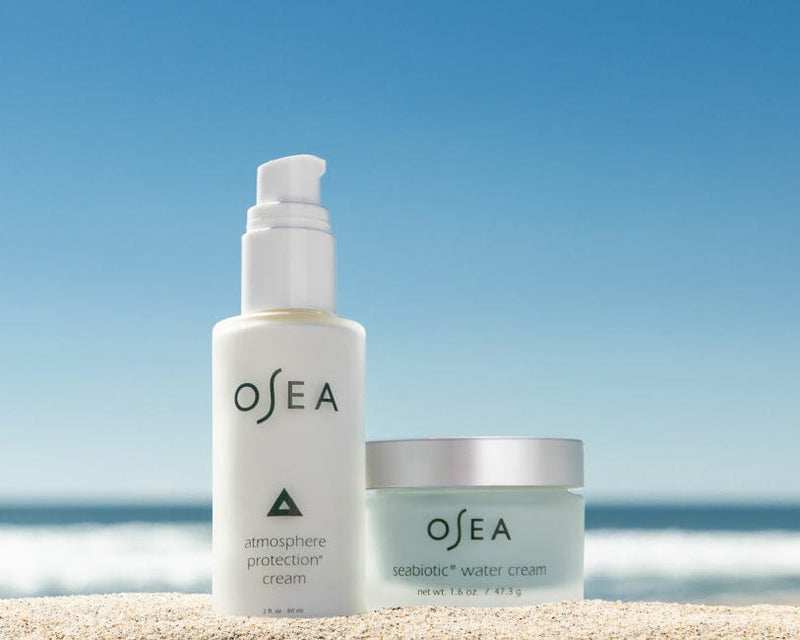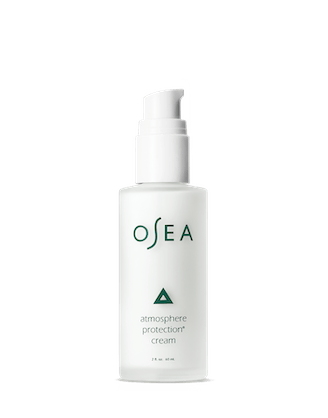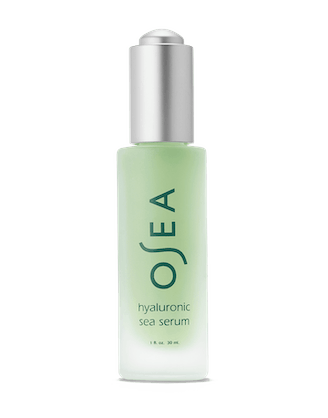Moisturizing your skin keeps wrinkles and fine lines at bay, as well as lowers excess oil production, which is the body’s way of relieving overly dry and itchy skin. If your goal is to seal in more moisture, you likely discovered two types of ways to do so: applying a water cream or moisturizer.
These two applications offer various benefits. But when is it appropriate to use one over the other? This guide breaks down the differences between water cream and moisturizer to help you make the best choice for your skin.
Hydration vs. Moisturization
Hydrating and moisturizing are often used interchangeably, with moisturizer being a catch-all phrase for a variety of products. However, they have very separate functions.
Most moisturizers use ingredients and emollients that effectively build a barrier on the skin. This barrier keeps out irritants and locks moisture underneath the barrier. This can make the skin feel soft and supple.
Most hydrators, such as water creams, use humectants as their main ingredients. Humectants include hyaluronic acid and glycerin, for example. These ingredients absorb water from the surrounding atmosphere and lock it into the skin.
Should I Use a Hydrator or a Moisturizer?
Dry Skin
If you have noticeably dry skin year-round, such as flaking, peeling, or itchy dry patches, then your skin likely has an issue retaining moisture. In this case, you will want to use a moisturizer to help lock in moisture.
A moisturizer, such as OSEA’s Atmosphere Protection® Cream, can help lock in moisture while simultaneously creating a barrier against environmental pollutants to promote healthier skin. To help the skin absorb the moisturizer quickly, it’s recommended to apply it in a circular motion and massage it onto clean, dry skin. Effective moisturizing ingredients for dry skin include shea butter, jojoba, and avocado oil.
Dehydrated Skin
Those with dehydrated skin may notice dullness, more intense dry patches, and even darker circles around the eyes. Dehydrated skin often means that the body is internally dehydrated, so it’s crucial to consistently drink plenty of water throughout the day. Dehydrated skin can benefit from a water cream, as the product will absorb surrounding moisture from the atmosphere and deliver it into the skin.
When looking for a product that helps seal in moisture, apply a serum under your moisturizer. OSEA’s Hyaluronic Sea Serum is a fast-absorbing product that helps the skin maintain its natural moisture level. Once you’ve applied a serum, lock in its benefits with an ultra-rich cream, such as OSEA’s Advanced Protection Cream.
Oil-Prone Skin
If you are more prone to oily skin, it’s incredibly important to continue to moisturize. In fact, excess oil and sebum production can be due to dehydrated skin. For oilier skin, stick to using a water cream rather than a classic moisturizer. A water cream, such as OSEA’s Seabiotic® Water Cream, offers light and breathable hydration, which will feel lighter and are less likely to clog pores.
When Should I Apply a Water Cream or Moisturizer?
After bathing or washing your face, apply your moisturizing product after lightly drying your face with a towel, but when the skin is still damp. When there is moisture already on the skin, it helps the products lock that water in. If you are using a serum, it should be applied before layering on your moisturizer or water cream. Apply moisturizers lightly in gentle, circular motions across the skin.
Check your moisturizer or water cream for suggested use, as some may suggest a night and day application, while others may have 24-hour moisturizing or hydrating benefits. Once you boost the protective barrier on your skin and ensure that your skin is never thirsty, you’ll soon see that beautiful, dewy glow you’re looking for.




